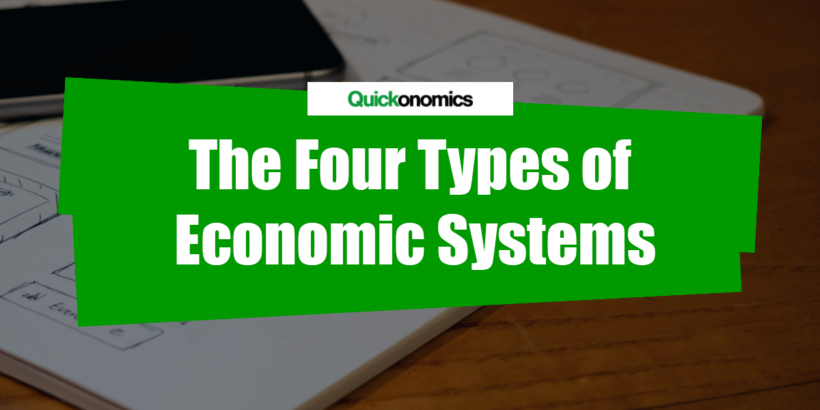The supply curve shows how much of a good or service sellers are willing to sell at any given price. However, it is not constant over time. Whenever a change in supply occurs, the supply curve shifts left or right (similar to shifts in the demand curve). An increase in […]
Read more








